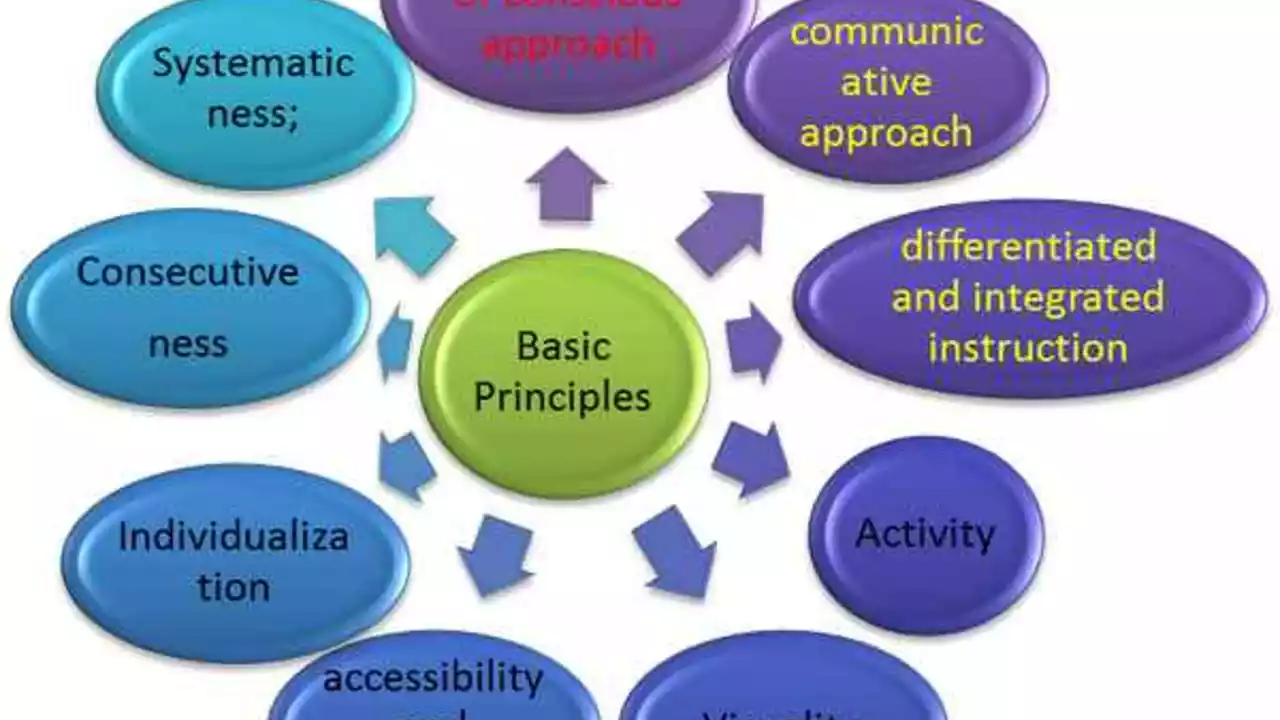Flaws You Should Know About – From Classrooms to Loans
Ever wonder why some things just don’t work the way they should? Whether it’s a teacher missing a red flag, a student stuck with too many loans, or even a sports team falling short, flaws pop up everywhere. On this page we pull together the most common problems we’ve seen and give you straight‑forward tips on how to deal with them.
Education System Glitches
One big flaw in the U.S. education scene is how it’s turned into a big business. Sky‑high tuition, pricey textbooks, and endless tech subscriptions drain families’ wallets. The result? Many students graduate with debt that feels impossible to pay off. If you’re stuck in this cycle, start by checking for scholarship options you might have missed, and always compare textbook costs – sometimes a free online version works just as well.
Another hot topic is the lack of clear pathways for special‑education referrals. Teachers can spot a child who needs extra help, but the process often feels slow and confusing. The good news? Most schools have a simple form you can fill out and a team ready to evaluate the student. Don’t wait – ask your teacher to start the referral today.
Money Matters – Loans and Personal Finance Flaws
Having an education loan doesn’t automatically block you from getting a personal loan, but it does raise red flags for lenders. The flaw many ignore is the debt‑to‑income ratio. Even with a good credit score, if your monthly payments take up too much of your earnings, a new loan could be denied. Before you apply, use an online calculator to see how the extra payment fits into your budget.
And speaking of loans, the biggest problem in higher education isn’t just the cost – it’s the way schools bundle fees. Hidden lab fees, activity charges, and insurance can add up quickly. Always ask for a full breakdown before you sign any agreement. Knowing the total cost up front helps you avoid surprise bills later.
Lastly, let’s not forget the subtle flaw in how we talk about teaching and learning. Some people look for a single word to cover both, but concepts like “pedagogy” or “didactics” only capture part of the picture. The real issue is that language can make it harder to see how teaching and learning feed each other. Try using both terms together – it reminds you that good teaching starts with understanding how students learn.
Spotting flaws isn’t about pointing fingers; it’s about finding practical fixes. Keep an eye on costs, ask questions early, and don’t let jargon stop you from getting the help you need. The more you know, the easier it is to turn a flaw into an opportunity for improvement.
- Maxwell Harrington
- 0 Comments
What is the worst thing about our educational system?
Well, here's the deal, folks. Our education system has this knack for encouraging rote learning over creative thinking, like we're a factory churning out robots! And let's not forget the one-size-fits-all approach - I mean, who needs diversity, right? Not to mention, we're so focused on grades and scoring that the joy of learning has packed its bags and gone on a long vacation. And the cherry on top? The outdated curriculum which might as well have been written by dinosaurs, it's so prehistoric!
View More